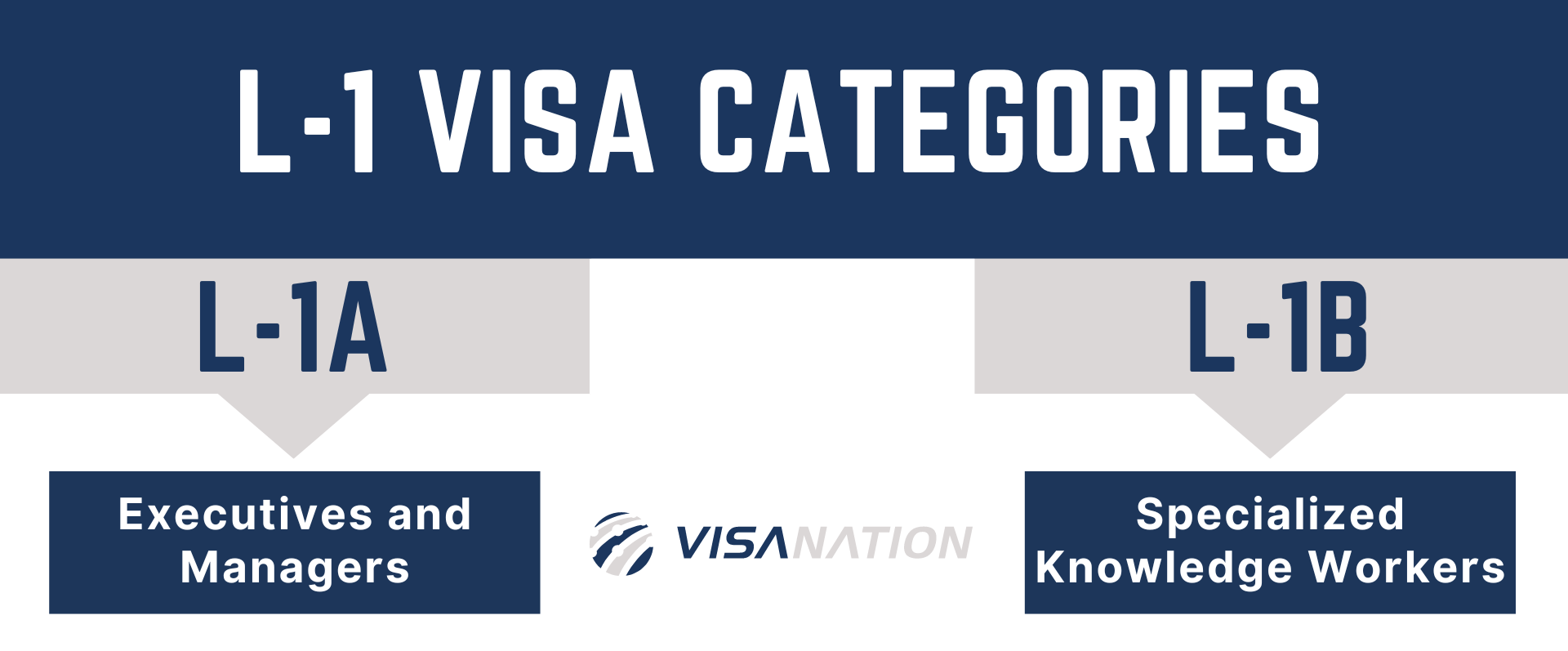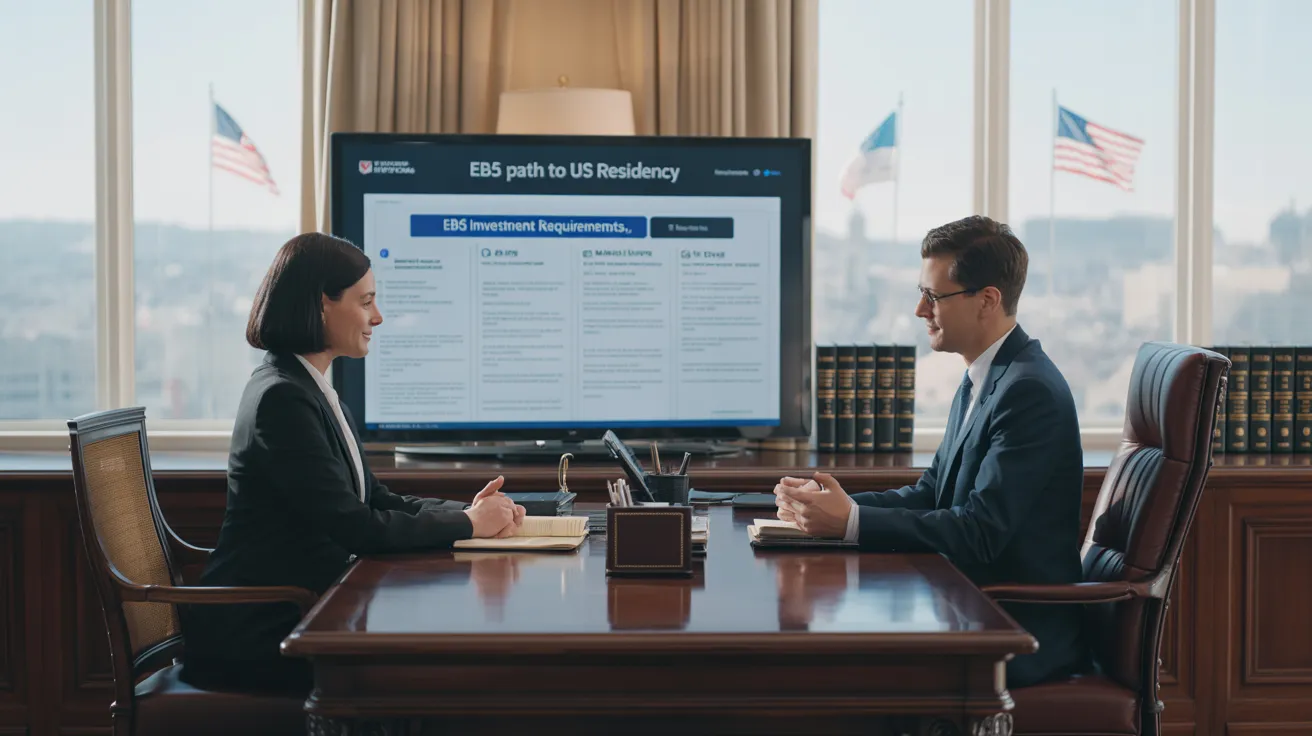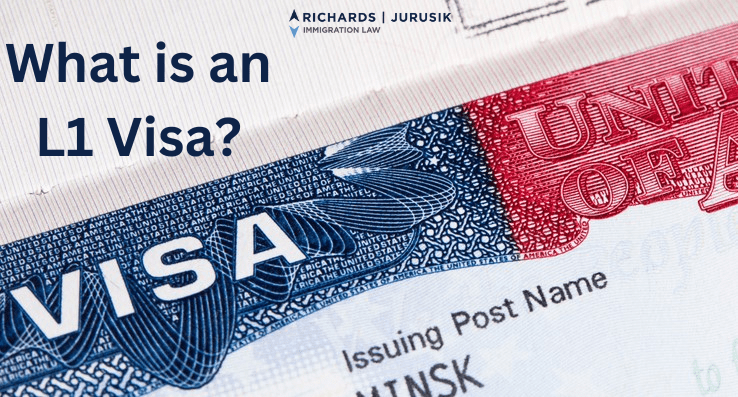The 9-Minute Rule for L1 Visa
Table of ContentsL1 Visa Can Be Fun For EveryoneL1 Visa Things To Know Before You Get ThisL1 Visa Things To Know Before You BuyL1 Visa Things To Know Before You Get ThisSome Ideas on L1 Visa You Should KnowA Biased View of L1 Visa
Offered from ProQuest Dissertations & Theses International; Social Science Premium Collection. DHS Office of the Assessor General. Fetched 2023-03-26.
U.S. Division of State. Recovered 2023-02-08. Tamen, Joan Fleischer (August 10, 2013).
Indicators on L1 Visa You Need To Know
In order to be eligible for the L-1 visa, the foreign company abroad where the Beneficiary was used and the United state firm should have a qualifying relationship at the time of the transfer. The different types of certifying connections are: 1.
Example 1: Business A is integrated in France and utilizes the Beneficiary. Firm B is integrated in the U.S. and wishes to seek the Recipient. Firm An owns 100% of the shares of Business B.Company A is the Parent and Firm B is a subsidiary. There is a qualifying connection between the 2 companies and Business B must be able to sponsor the Recipient.
Firm A possesses 40% of Business B. The remaining 60% is had and managed by Firm C, which has no connection to Company A.Since Business A and B do not have a parent-subsidiary relationship, Business A can not fund the Recipient for L-1.
Example 3: Business A is included in the U.S. and wishes to seek the Recipient. Company B is included in Indonesia and employs the Recipient. Company An owns 40% of Firm B. The continuing to be 60% is owned by Business C, which has no relation to Firm A. Nonetheless, Company A, by formal arrangement, controls and full handles Company B.Since Business A possesses less than 50% of Firm B but handles and regulates the company, there is a qualifying parent-subsidiary relationship and Firm A can sponsor the Recipient for L-1.
Getting The L1 copyright Work
Associate: An affiliate is 1 of 2 subsidiaries thar are both owned and managed by the exact same parent or individual, or had and controlled by the very same team of people, in basically the same proportions. a. Instance 1: Firm A is included in Ghana and utilizes the Beneficiary. Business B is incorporated in the united state
Company C, likewise incorporated in Ghana, owns 100% of Company A and 100% of Firm B.Therefore, Company A and Business B are "affiliates" L1 Visa attorney or sister firms and a qualifying connection exists in between both firms. Company B must be able to fund the Recipient. b. Example 2: Business A is integrated in the united state
Business A is 60% had by Mrs. Smith, 20% had by Mr. Doe, and 20% owned by Ms. Brown. Company B is incorporated in Colombia and currently employs the Recipient. Business B is 65% possessed by Mrs. Smith, 15% owned by Mr. Doe, and 20% possessed by Ms. Brown. Company A and Business B are associates and have a qualifying relationship in two various methods: Mrs.
The L-1 visa is an employment-based visa classification established by Congress in 1970, permitting international companies to move their supervisors, executives, or vital employees to their U.S. operations. It is frequently referred to as the intracompany transferee visa. There are 2 primary types of L-1 visas: L-1A and L-1B. These types appropriate for staff members hired in various positions within a business.

Additionally, the recipient should have functioned in a supervisory, exec, or specialized employee position for one year within the 3 years coming before the L-1A application in the foreign company. For brand-new workplace applications, international work needs to have been in a managerial or executive capability if the beneficiary is pertaining to the USA to function as a supervisor or exec.
L1 Visa for Beginners

If given for an U.S. company operational for even more than one year, the first L-1B visa is for approximately 3 years and can be expanded for an extra 2 years (L1 Visa). On the other hand, if the united state L1 Visa process business is freshly developed or has been operational for much less than one year, the preliminary L-1B visa is released for one year, explore your L1 Visa with extensions available in two-year increments
The L-1 visa is an employment-based visa classification established by Congress in 1970, enabling multinational business to move their managers, executives, or key personnel to their united state procedures. It is generally referred to as the intracompany transferee visa. There are 2 major kinds of L-1 visas: L-1A and L-1B. These kinds appropriate for workers hired in different positions within a company.
L1 Visa Can Be Fun For Everyone
In addition, the recipient needs to have operated in a supervisory, exec, or specialized worker position for one year within the three years coming before the L-1A application in the foreign company. For new workplace applications, international work has to have been in a supervisory or executive capacity if the recipient is pertaining to the United States to function as a manager or executive.
for approximately seven years to supervise the operations of the U.S. affiliate as an exec or supervisor. If issued for an U.S. company that has been operational for more than one year, the L-1A visa is at first approved for as much as three years and can be prolonged in two-year increments.
If given for a united state business functional for more than one year, the first L-1B visa is for as much as three years and can be prolonged for an extra two years. Alternatively, if the U.S. company is newly established or has been operational for less than one year, the preliminary L-1B visa is released for one year, with extensions readily available in two-year increments.